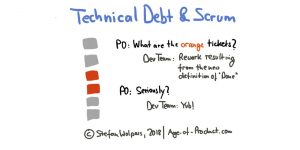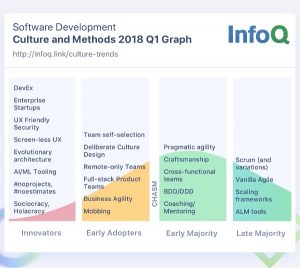Helping my clients win is a fantastic feeling. In fact, as an account manager, few things give me the amount of satisfaction as seeing my clients’ numbers – their website traffic and new leads, specifically – trending upwards. On the flipside of that coin, there are few things that frustrate me as much as seeing my clients’ traffic steadily increasing, but their visitor-to-lead conversion rates not keeping up with the growth.
It happens to the best of us. But thankfully, when it does, it’s very easy to execute some quick fixes: Blog more frequently! Post more on social! Engage more with followers! These are all important things you should be doing. However, while those may address the symptoms, bringing more visitors to your site and bringing awareness to your premium offers, these quick fixes don’t actually address the real issue.
Let’s take a step back. For the purpose of this blog, I’m going to assume that you’ve already established your buyer personas. And if you haven’t, well, you’re in big trouble. (Actually, you should just stop reading this blog now and go read this one instead).
Why Aren’t Your Visitors Converting?
You understand your personas, your ideal customers. You understand their pain points, their challenges, their priorities and their goals. You can recite the questions they’re asking, and you have the answers that they seek. But maybe you’re getting ahead of yourself.
Do you know what your buyer personas are asking and when?
Because if you’re answering the right questions, but at the wrong time, you’re not really answering their questions or helping them identify (and then solve) their problems at all. And failing to do so definitely will not help you convert every visitor into a lead.
Strategy 1: Identify the right Stage of the Buyer’s Journey
If someone is visiting your website for the first time, chances are high that they’re still in the first stage of the buyer’s journey: awareness. At this point, they’re not committed. They’re not ready to learn about all the available solutions, and they’re definitely not ready to learn about your solutions specifically. They’re still trying to figure out what the heck their problem is. Is their problem that they’re not satisfying their customers because their technology is out of date? Or is it because they’ve misunderstood their customers’ priorities?
“Do you know what your buyer personas are asking and when?”
It could be either, and before they even want to consider how you can magically fix this problem for them, they need to be able to identify their problem. On their own. So until they’ve come to understand their problem, and the need for a solution, put those MOFU Case Studies and BOFU trials away (no matter how well written or designed they are), and focus on the offers that fit.
Strategy 2: Put your Content in the Right Place
So maybe you have a visitors convert on your offers; that’s fantastic! However, that doesn’t mean that you should assume that the majority of your visitors will convert along this same path. What does this mean? It means you need to understand your visitors’ behavior. Just because you have a group of visitors continuing to progress through the sales process, moving from top to middle to bottom of the funnel content, does not mean that you should put your strongest BOFU offer front and center.
Think in terms of what your first-time visitors want to see and do. Do they want to get on the phone with you and sit through a consultation (aka a cleverly disguised prospecting offer)? Probably not. So does that mean that you should tuck away your BOFU offers and never let them see the light of day? Not at all. But put these offers in the right places, such as in the footer of a longer page (only engaged, curious visitors will scroll that far), or on specific internal pages. Or perhaps as part of a nurturing email workflow or sequence.
As for your hero image? Use that front and center website real estate to showcase your stellar TOFU offers.
Strategy 3: Be Smart About It
What if there were a way you could do both; showcase your TOFU offers to first time visitors, but highlight your BOFU offers for your qualified visitors? What if you didn’t have to give up that hero image space when you could be signing potential customers up for demos?
This goes back to the first strategy I mentioned. Identify the right stages of the buyer’s journey. Know where (and who) your contacts are. For example, if a page is visited equally by first time visitors, as well as contacts that have already converted on a TOFU offer, leverage this information. Let your content, your layout, and your website satisfy the needs of both groups of visitors. Be smart about it.
And use either Smart Content or a Smart CTA. Both allow you to change the page’s appearance based on user-defined contact segmentation. However, Smart Content lets you alter the copy on a page, whereas Smart CTAs let you swap out CTA placement. Both are advantageous, for they create a unique, user-specific website experience, allowing your visitors to see the content and language they want to see, when they need to see it.
Digital & Social Articles on Business 2 Community
(88)






